Science
Year 9 Ricketts Point excursions | Year 9 Ecology | VCE Chemistry | VCE Physics
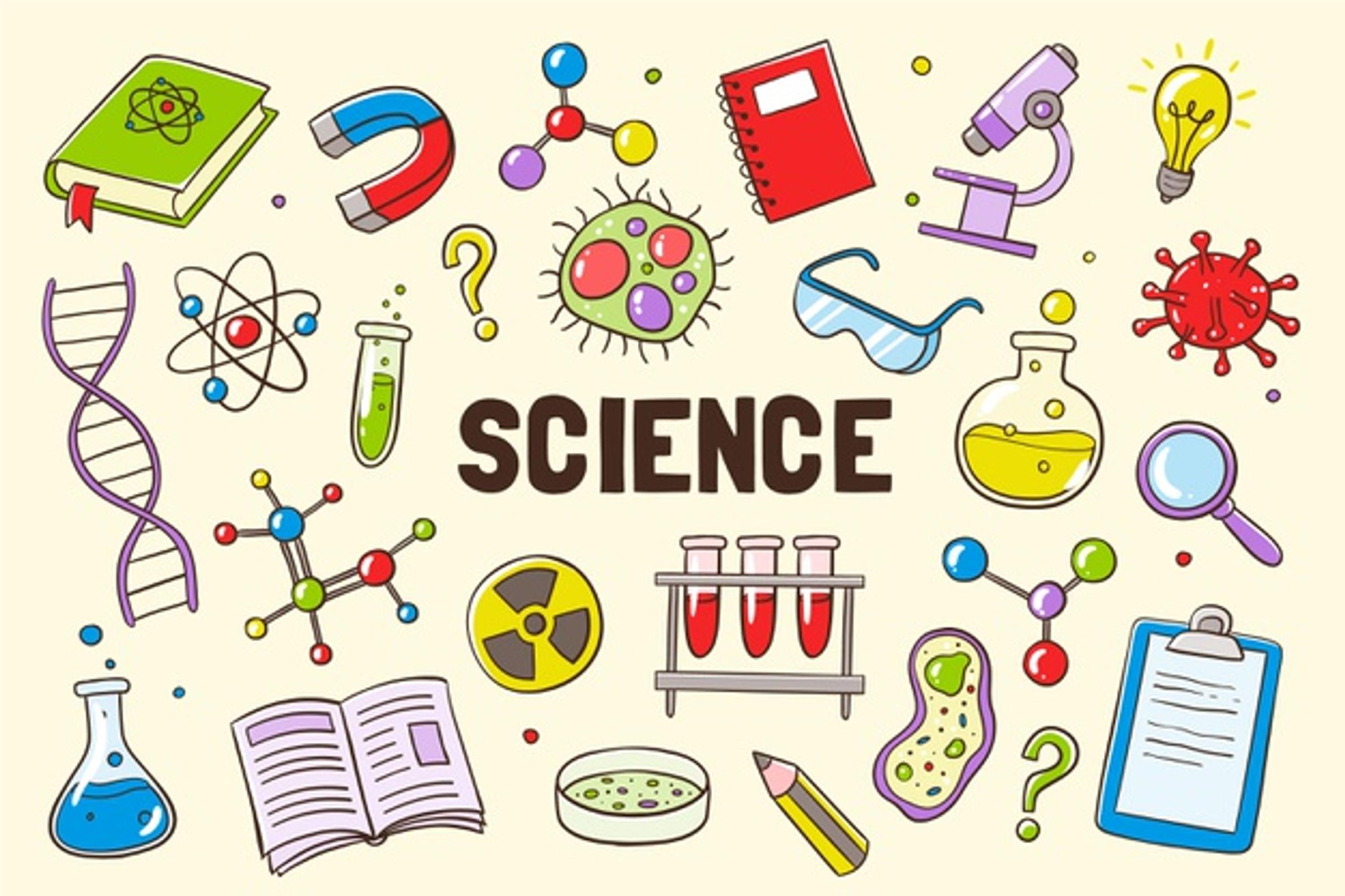
Science
Year 9 Ricketts Point excursions | Year 9 Ecology | VCE Chemistry | VCE Physics
As part of their ecosystems study unit, the Year 9 students underwent an enriching journey to our local marine sanctuary, Ricketts Point. Peering beneath the waves, they snorkelled to investigate this natural, protected seascape and its various inhabitants. Students also visited the rock pools above the tides, where they were able to observe the highly resilient residents of this volatile habitat rife with environmental fluctuations.
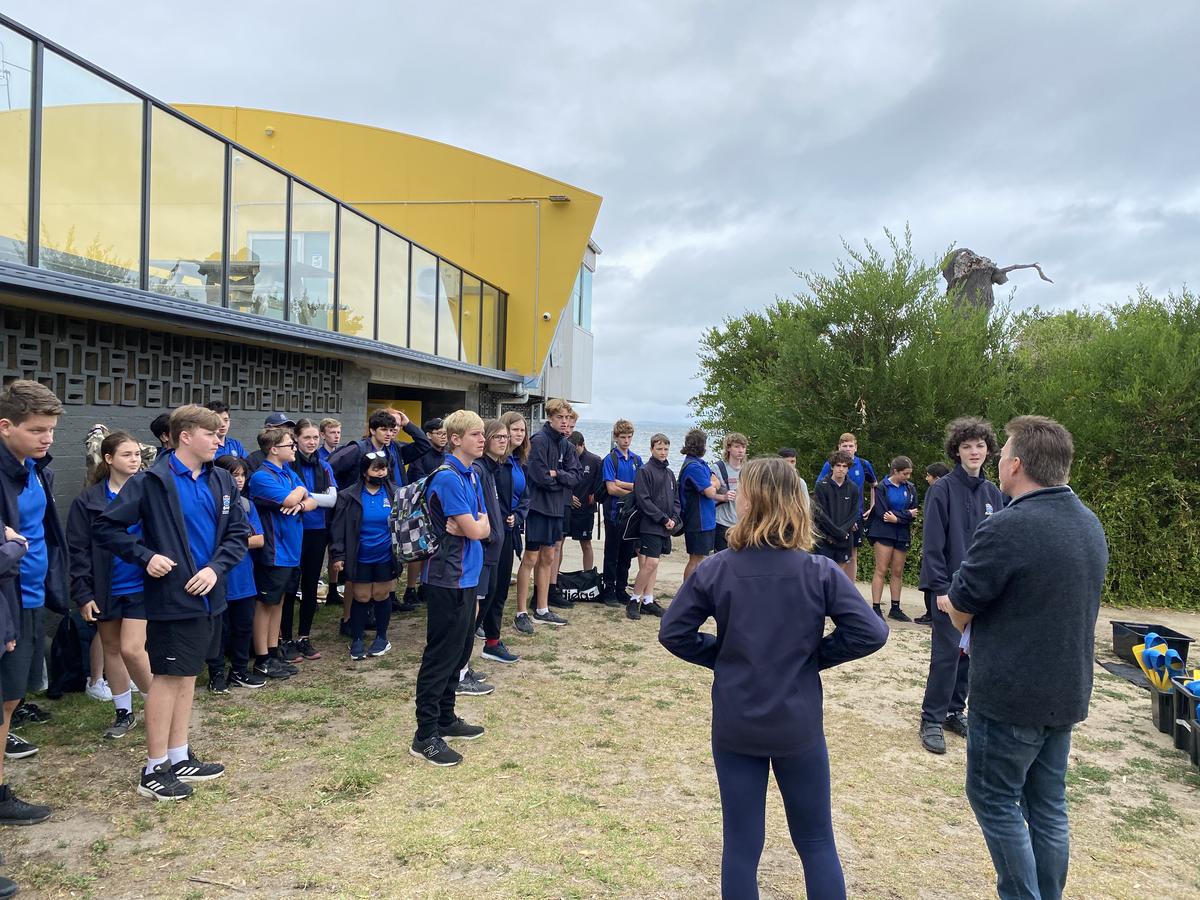
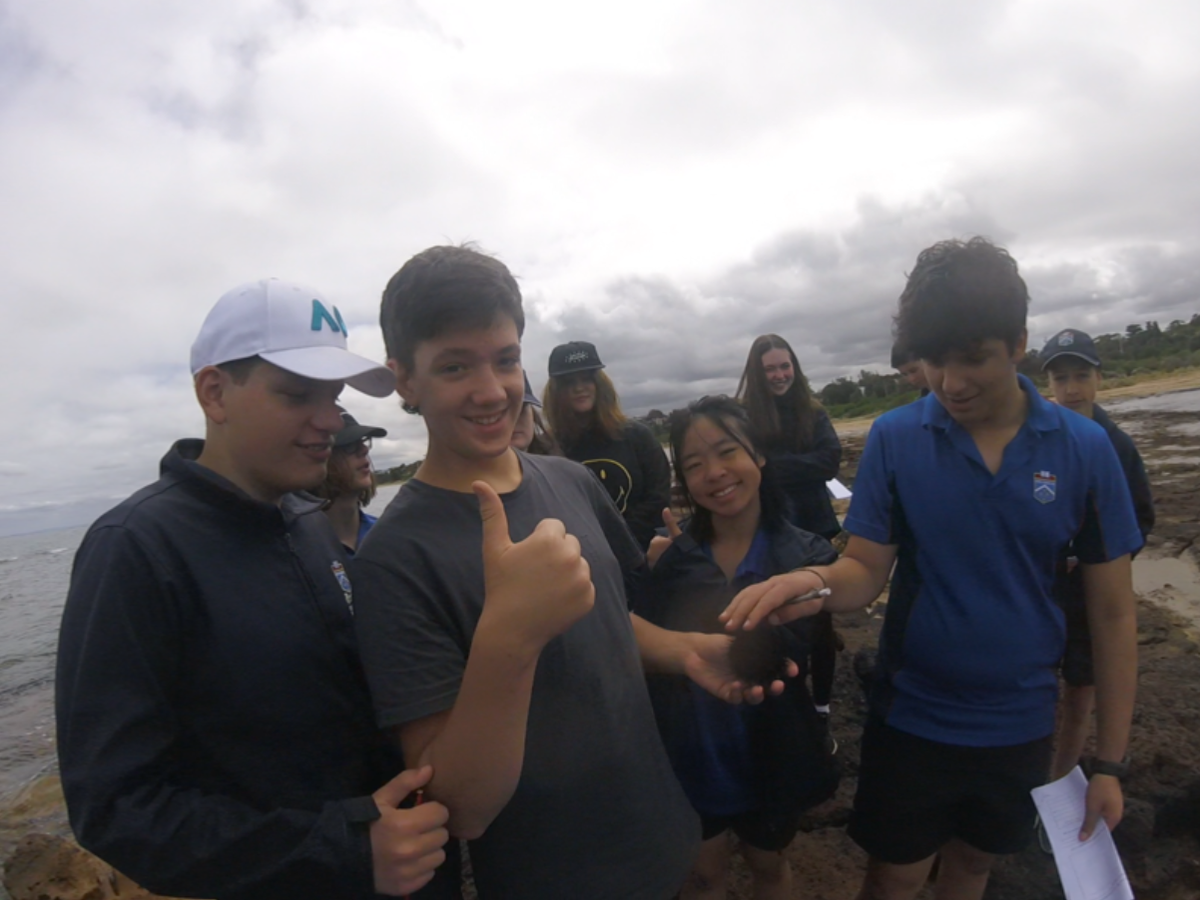
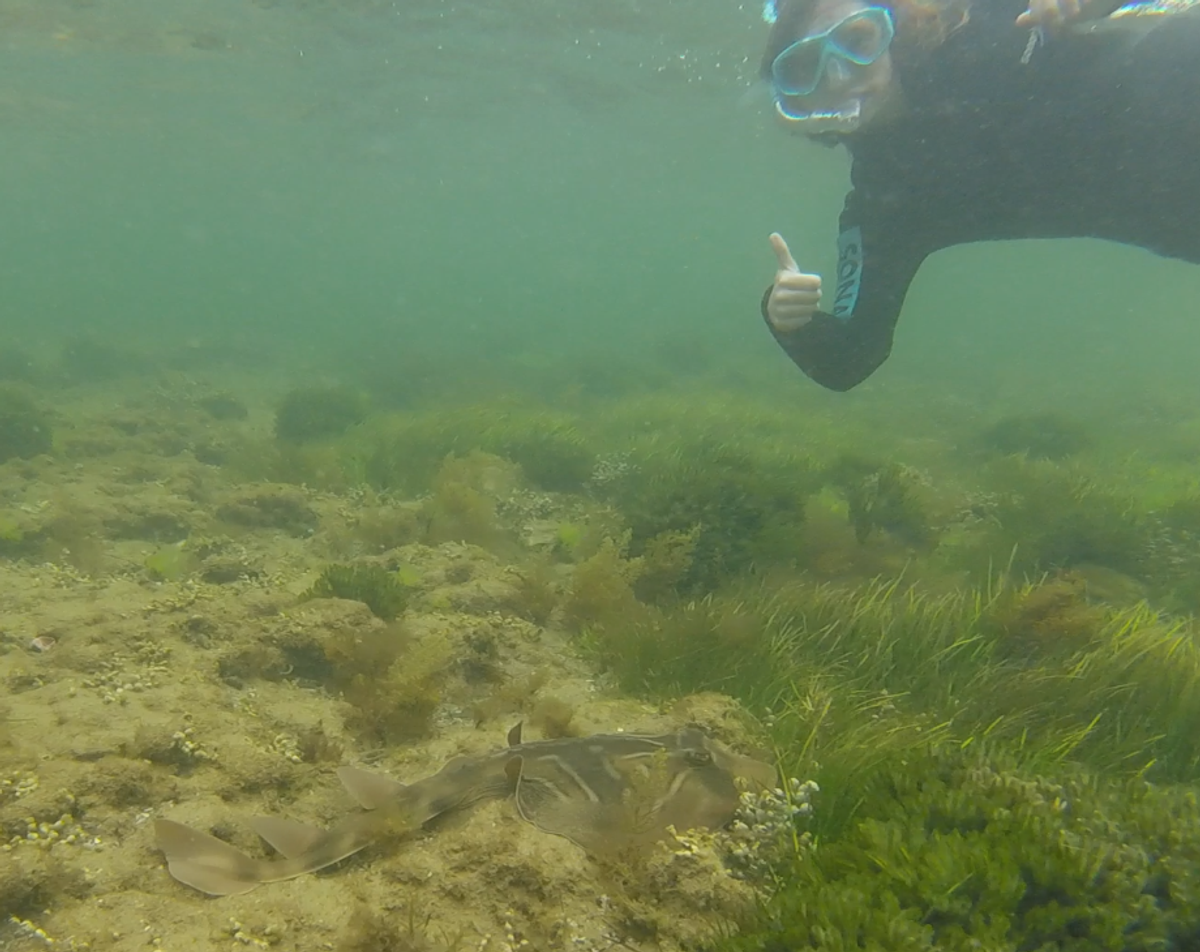






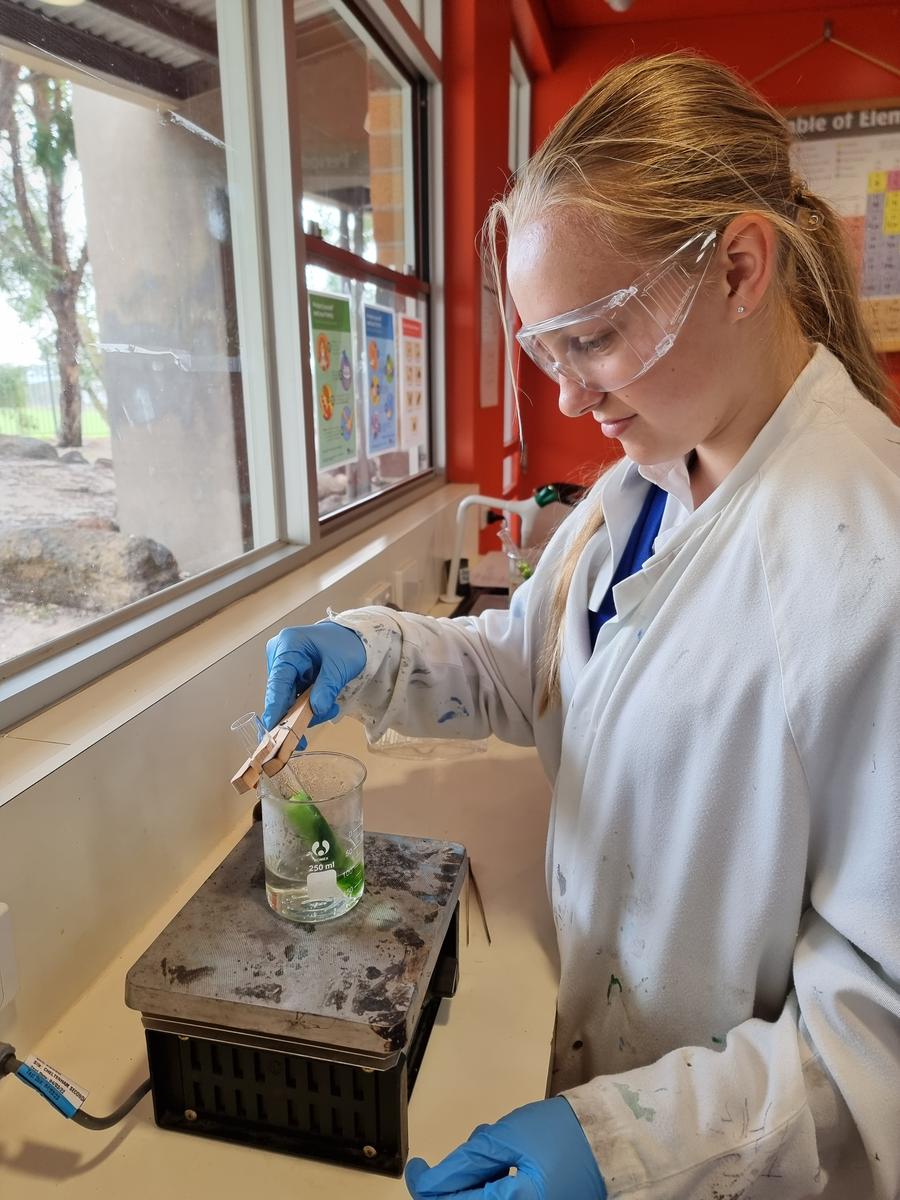


Back in the science lab, students identify the foundation on which almost all ecosystems like Ricketts are built - plant life and the energy they produce.
Chemicals and heat are used to extract chlorophyll from the leaf in addition to staining and identifying areas where glucose, the key product of photosynthesis, is stored.




Milk is made up of water, fat, and proteins. Each of these molecules has a charge which is held together by intermolecular forces. When the dish soap-laden swab is inserted into the plate it quickly disperses across the surface from its attraction to water molecules whilst the food colouring is pulled along in spectacular fashion. This could be used by chemistry students as an anchoring phenomenon on matter, materials, and subsequent ventures into the physical properties of organic compounds.
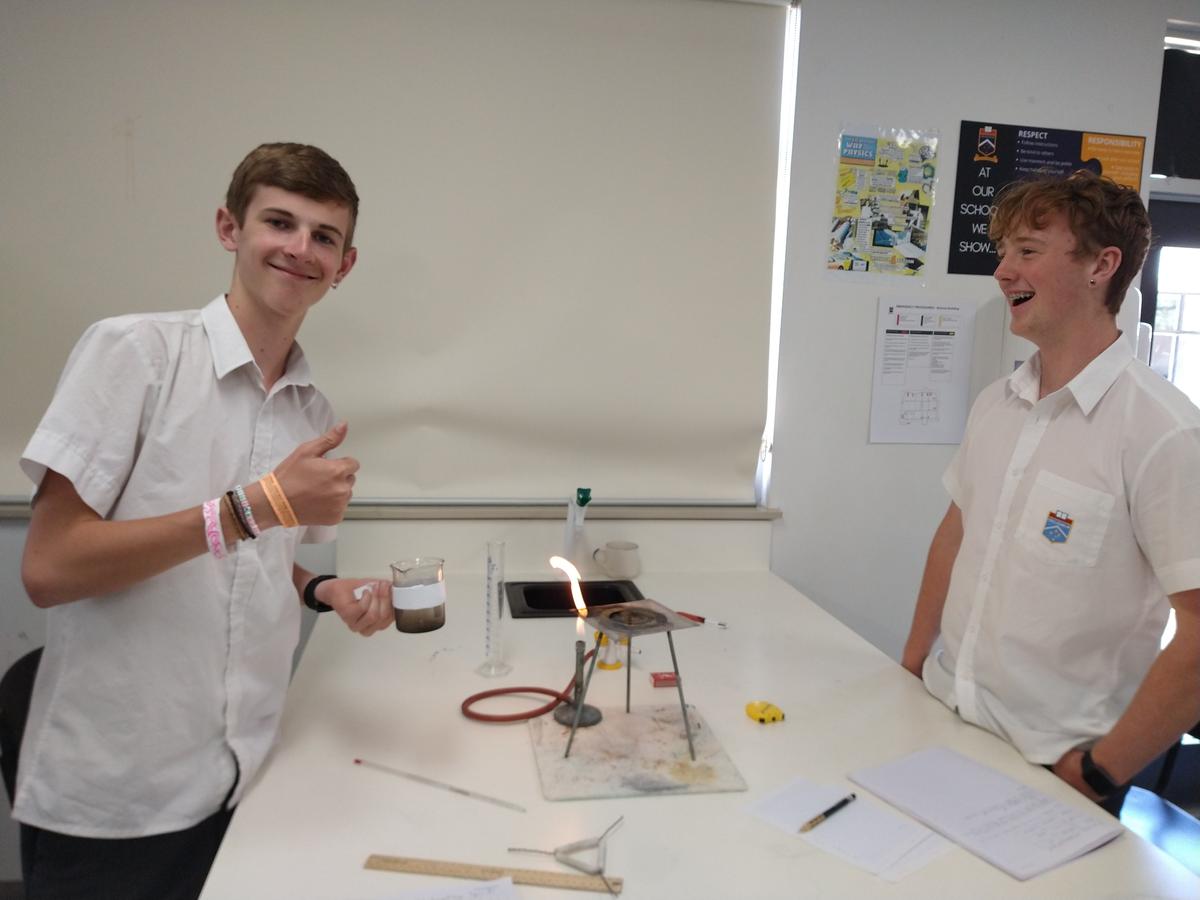
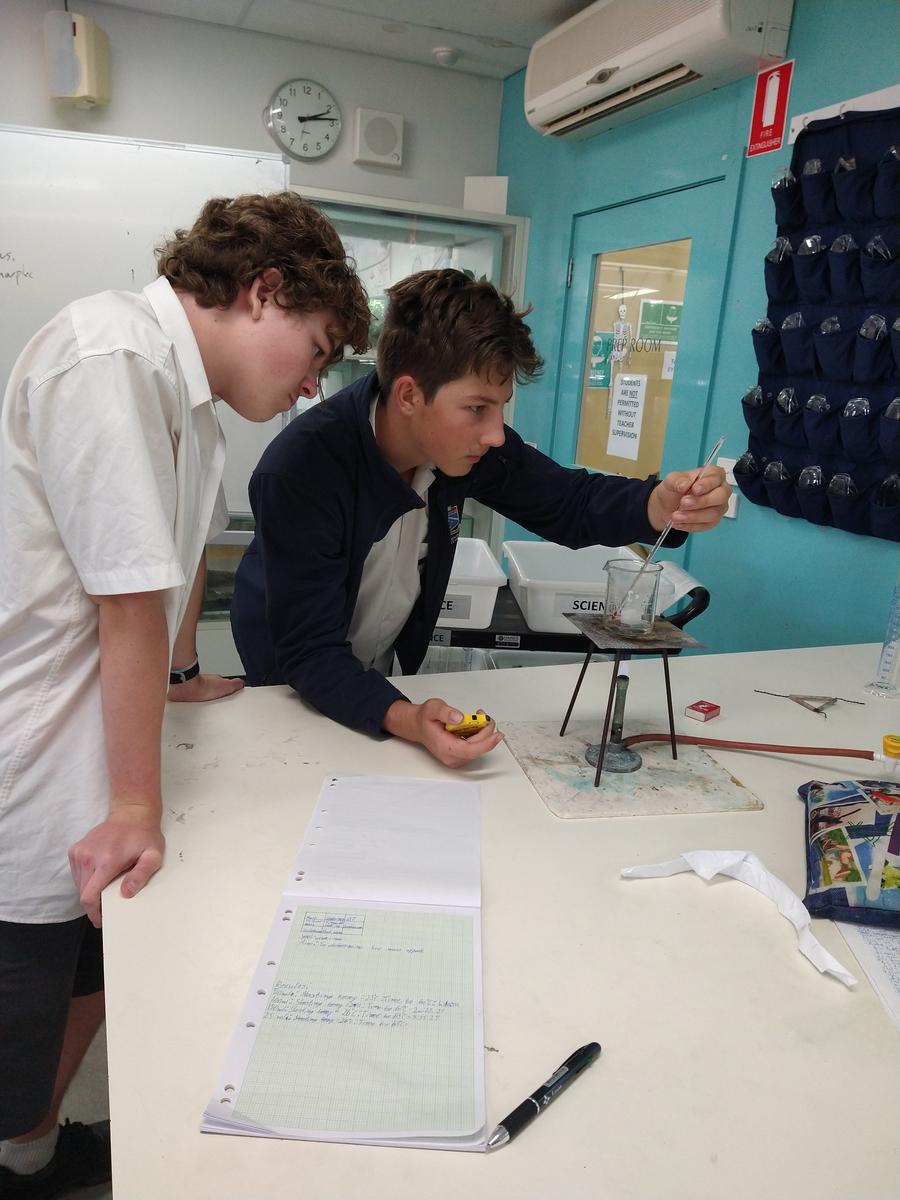




Physics students have heated liquids to determine the "q = mcΔT" equation, which relates the heat energy transferred to the change in temperature, mass, and specific heat capacity of the substance. This equation is fundamental in understanding heat transfer and thermodynamics in various fields of science and engineering.